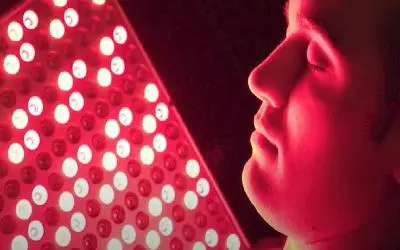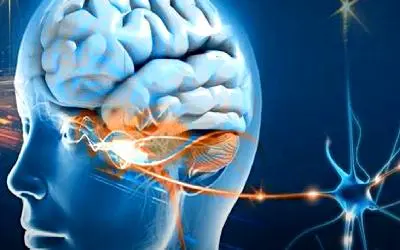Understanding Achromatopsia (ACHM)
Achromatopsia (ACHM) means total color blindness. It’s a genetic condition that impacts the cones in our retina, which help us see clearly in daylight. ACHM happens because of changes in one of six genes in cone cells. These changes make the cones stop working and break down over time. This often starts at birth or in early childhood. People with ACHM have blurry vision, can’t see colors, are sensitive to light, and their eyes move in ways they can’t control.
Specialized Lenses for Achromatopsia and Day Blindness
We offer special lenses made for Achromatopsia and Hemeralopia (Day Blindness). They help a lot with extreme light and glare sensitivity.
Consultation with Our Specialized Optometrist
To achieve the best possible outcome, scheduling an appointment to consult with our Optometrist specializing in this area is necessary.
Conquering Extreme Light Sensitivity
Regular room light makes her squint, but with these special lenses for day blindness, she can comfortably keep her eyes open, even in bright light.



